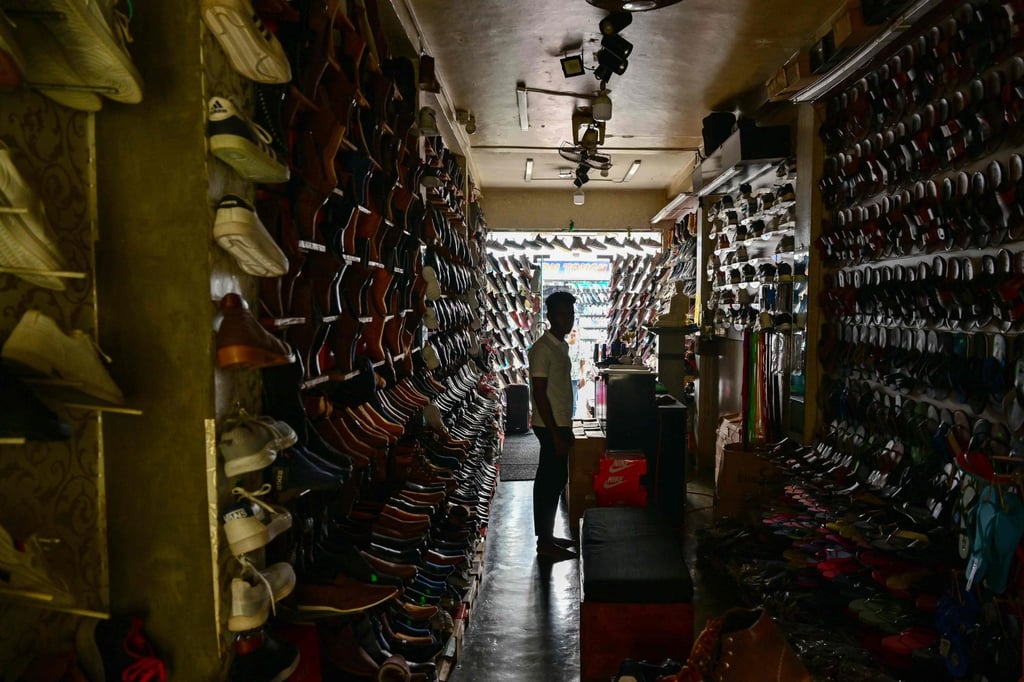Does Sri Lanka have an energy crisis? Blackout exposes weaknesses facing island’s grid
Experts warn of further grid instability as Sri Lanka pushes for 70 per cent renewable energy by 2030

Sri Lanka experienced the mass outage on February 9 when a sub-power station was disrupted by the electrocution of a monkey. The Ceylon Electricity Board said the resulting nationwide failure stemmed from an “imbalance between generation and demand” caused by high solar power input and “low system inertia”, leaving the grid “vulnerable to faults”.
The incident, and the subsequent scheduled power cuts needed to manage the demand until all the power stations could be reconnected to the grid, have raised fresh concerns about the country’s energy security.

A new heat alert issued early this week has compounded concerns about Sri Lanka’s ability to meet its electricity requirements. Dry spells deplete hydropower – which can supply as much as half of the nation’s energy during rainy periods – forcing heavier reliance on thermal energy.